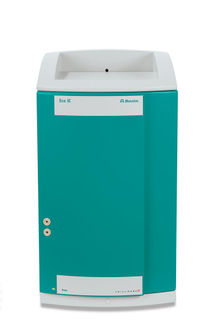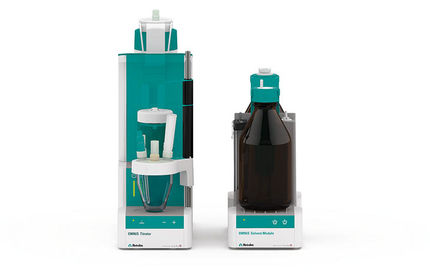To use all functions of this page, please activate cookies in your browser.
my.chemeurope.com
With an accout for my.chemeurope.com you can always see everything at a glance – and you can configure your own website and individual newsletter.
- My watch list
- My saved searches
- My saved topics
- My newsletter
Fatty acid synthesisFatty acids are formed by the action of Fatty acid synthases from acetyl-CoA and malonyl-CoA precursors. In humans fatty acids are predominantly formed in the liver and adipose tissue, and mammary glands during lactation. Most acetyl-CoA is formed from pyruvate by pyruvate dehydrogenase in the mitochondria, which is then converted to citrate and is transported into cytosol in the form of citrate. ElongationProduct highlightMuch like β-oxidation, elongation occurs via four recurring reactions shown below. In these diagrams, the acetyl and malonyl units are shown as their Acyl carrier protein thioesters: this is how fatty acids are synthesized in microorganisms and plants. However, in animals these same reactions occur on a large dimeric protein, Fatty acid synthase, which has the full complement of enzymatic activities required to synthesize and liberate a free fatty acid.
In the second step of elongation, butyryl ACP condenses with malonyl ACP to form an acyl ACP compound. This continues until a C16 acyl compound is formed, at which point it is hydrolyzed by a thioesterase into palmitate and ACP.
Categories: Metabolism | Fatty acids |
||||||||||||||||||||||
| This article is licensed under the GNU Free Documentation License. It uses material from the Wikipedia article "Fatty_acid_synthesis". A list of authors is available in Wikipedia. |
- Les atomes d'un verre sautent comme des particules cosmiques - Une expérience aux rayons X montre une nouvelle voie possible pour adapter les propriétés des verres : "L'histoire semble devenir de plus en plus intéressante".
- NOVEL ANTI-WEAR ADDITIVE DEVELOPED FOR THE INDUSTRIAL LUBRICANT MARKET BY CROMPTON PETROLEUM ADDITIVES
- Excitation de l'émission de lumière et mesure de la température par ultrasons - Les scientifiques développent des systèmes de matériaux mécanoluminescents : Application à la thérapie photodynamique
- Alterações na Direção Executiva da Carl Zeiss AG
- WAREMA Kunststofftechnik und Maschinenbau GmbH - Marktheidenfeld, Allemagne







